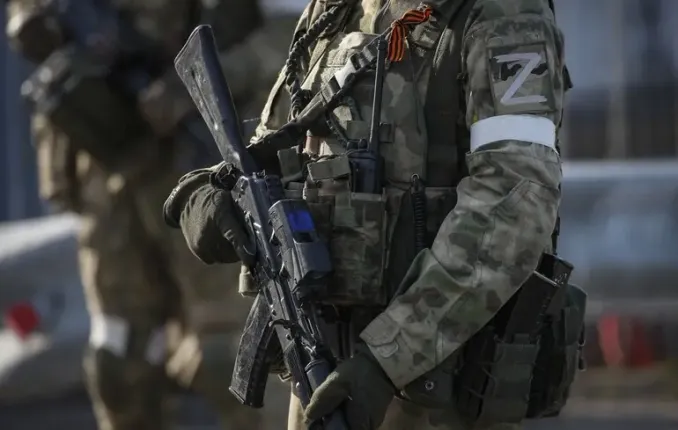Active Russian assaults in Donetsk region and Sumy region: Ukrainian troops resist attempts by the occupiers to gain a foothold

The Center for Countering Disinformation of the National Security and Defense Council of Ukraine recently reported on intensified “meat assaults” by the Russian occupation forces in several key areas of Ukraine. In particular, in the Kostyantynivka and Pokrovsk regions, as well as in Sumy region, the Russians have intensified their offensive actions, switching to assault operations involving a large number of manpower and equipment. According to Andriy Kovalenko, head of the Center for Countering Disinformation, Russian troops do not stop using the “meat assault” tactic aimed at breaking through Ukrainian resistance. They are carrying out numerous attacks in areas where our defenders are trying to hold strategically important positions. Assault actions have especially intensified in the Kostyantynivka and Pokrovsk regions, which are one of the main lines of defense in Donetsk region. In addition, Kovalenko’s Telegram channel noted that the Russians are transferring additional forces to these areas, but the motivation of individual infantry groups participating in the assaults remains low, which complicates their ability to conduct long and methodical offensives. At the same time, the situation on the front remains extremely tense. The Ukrainian military is able to disrupt the enemy’s plans on several sections of the front line, equalizing the chances and preventing the full advance of the occupiers. The Commander-in-Chief of the Ukrainian Army, General Oleksandr Syrsky, confirmed that Russia is sending significant force reserves to the Pokrov direction – about 111 thousand soldiers, with the aim of advancing to the administrative border of the Donetsk region. According to him, Ukrainian defenders and defenders are maintaining an active obstacle, forcing the occupiers to move almost entirely on foot, using a minimum amount of military equipment, which significantly complicates their logistical operations and operational advancement. Military observer Vitaly Kononuchenko, in his analytical article “Shadows over Pokrovskoe. How Ukraine manages to stabilize the front and stop the enemy in the Donetsk region,” explains in more detail what factors and measures help the Ukrainian army to restrain the enemy and keep the situation under control. What to expect next in this strategically important direction are questions that remain open, but today it is already obvious that Ukrainian fighters and command are doing everything possible to prevent further Russian advance and stabilize the situation on arbitrary sections of the front.

